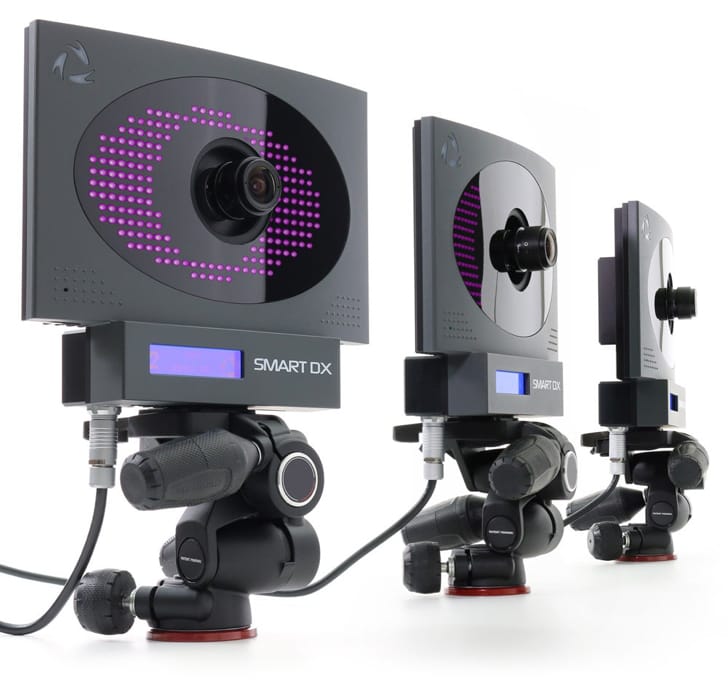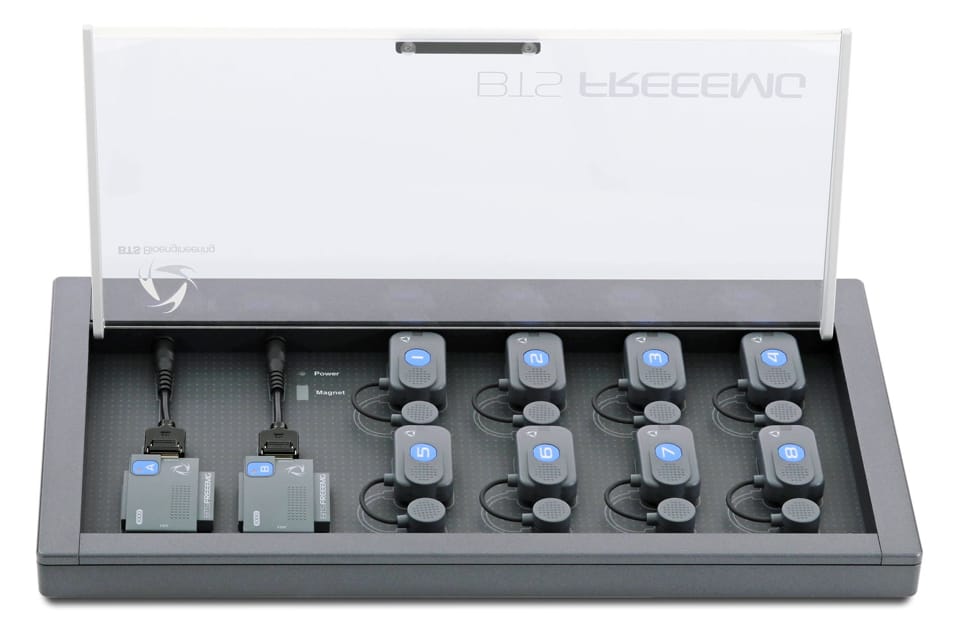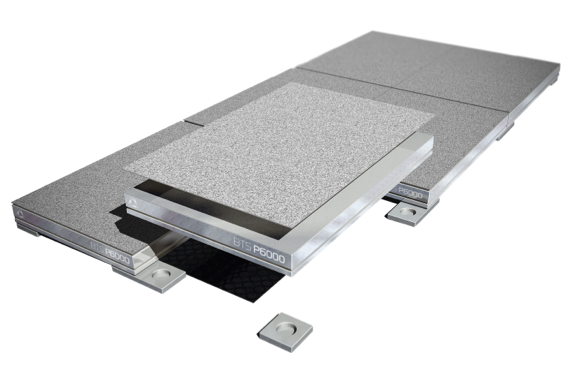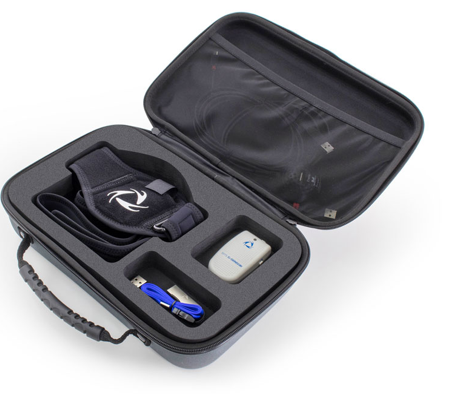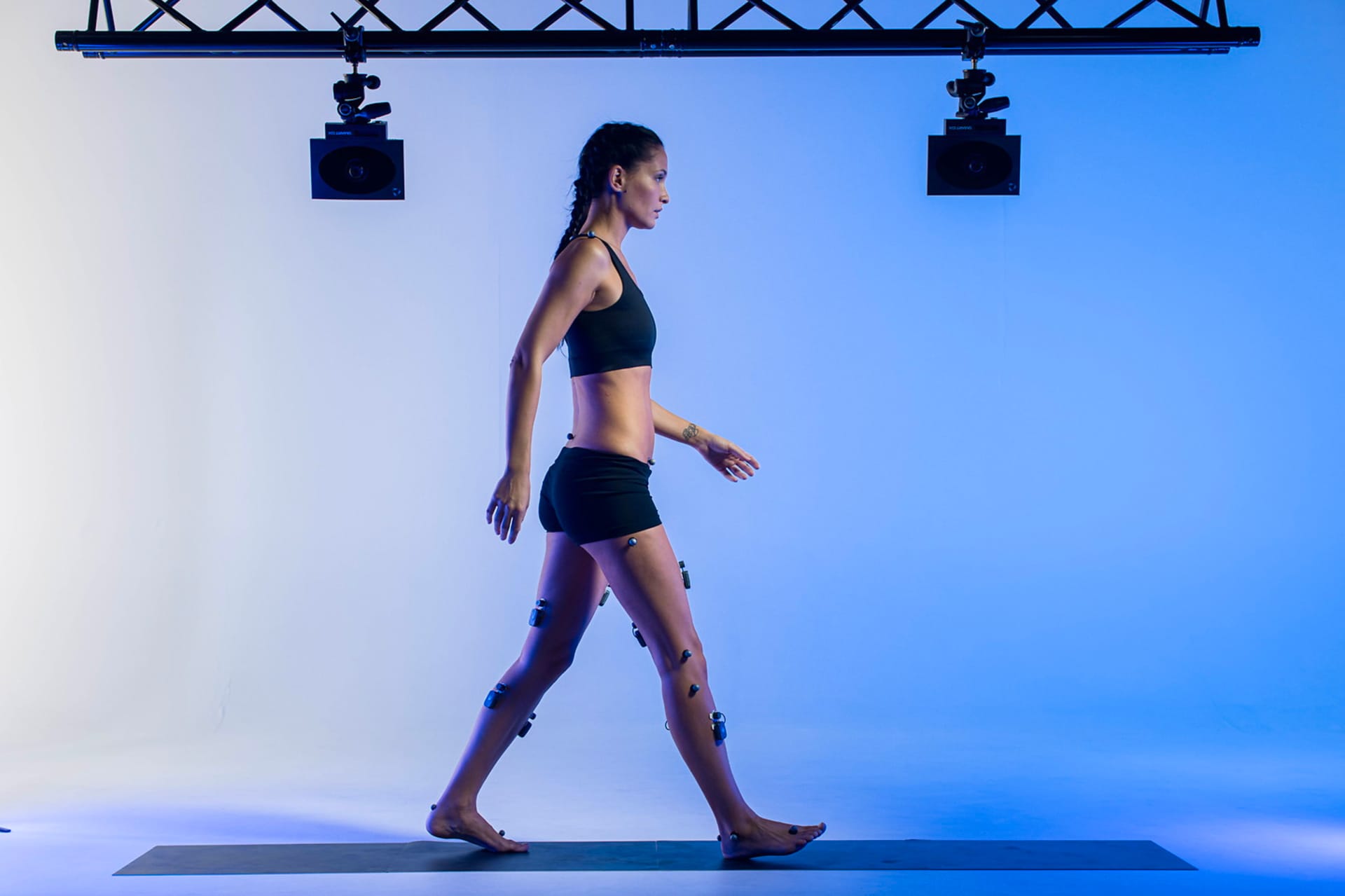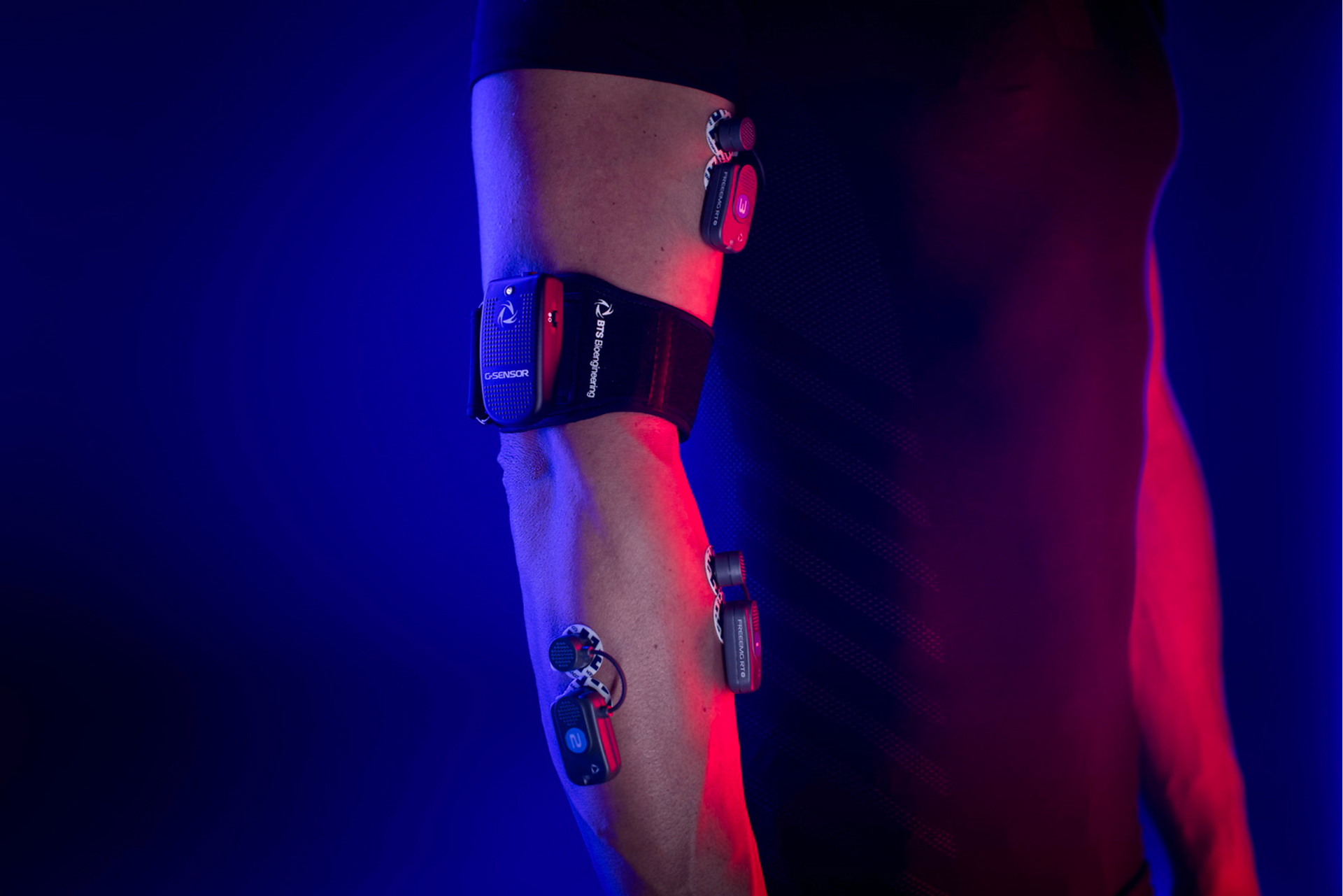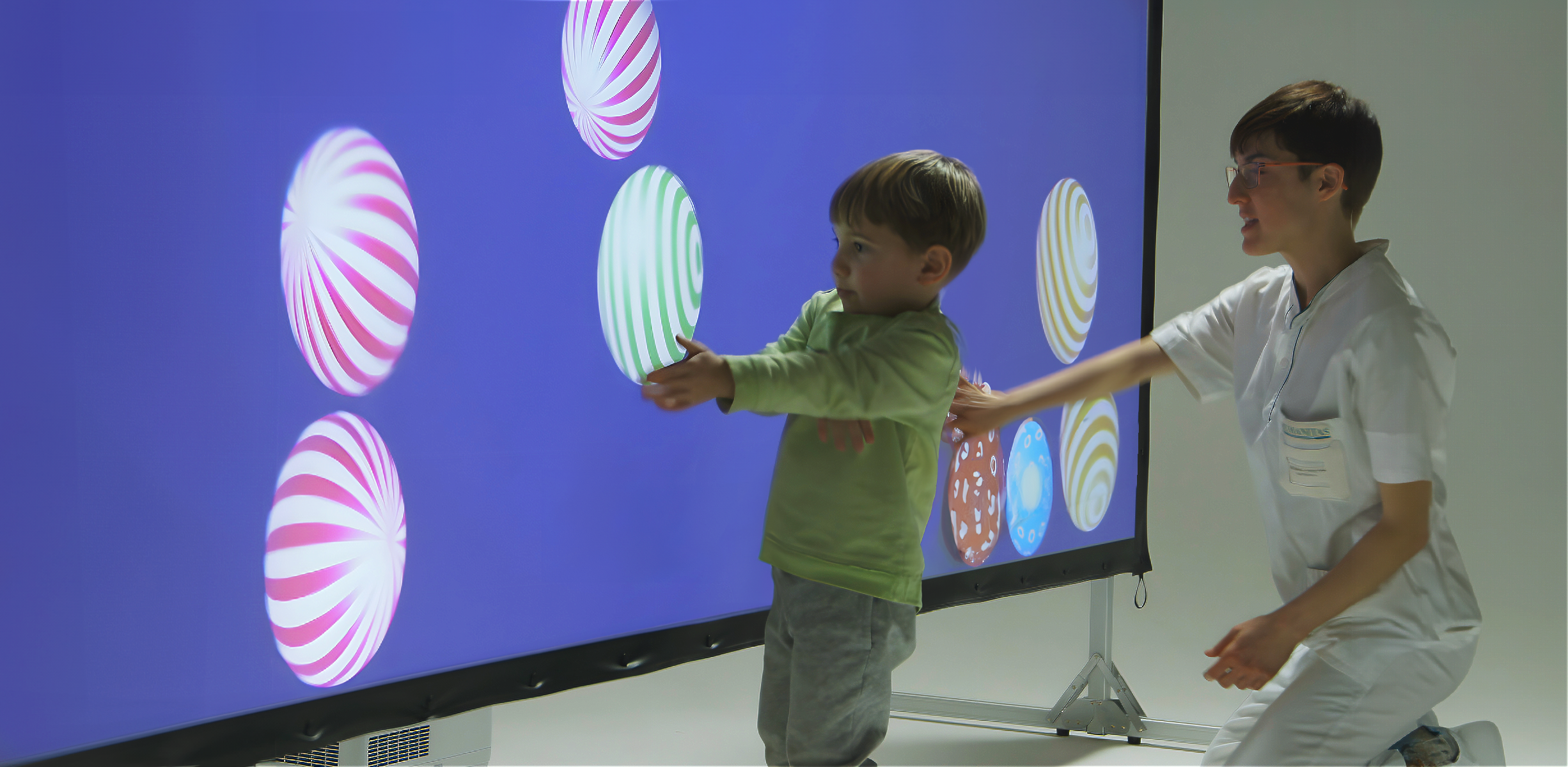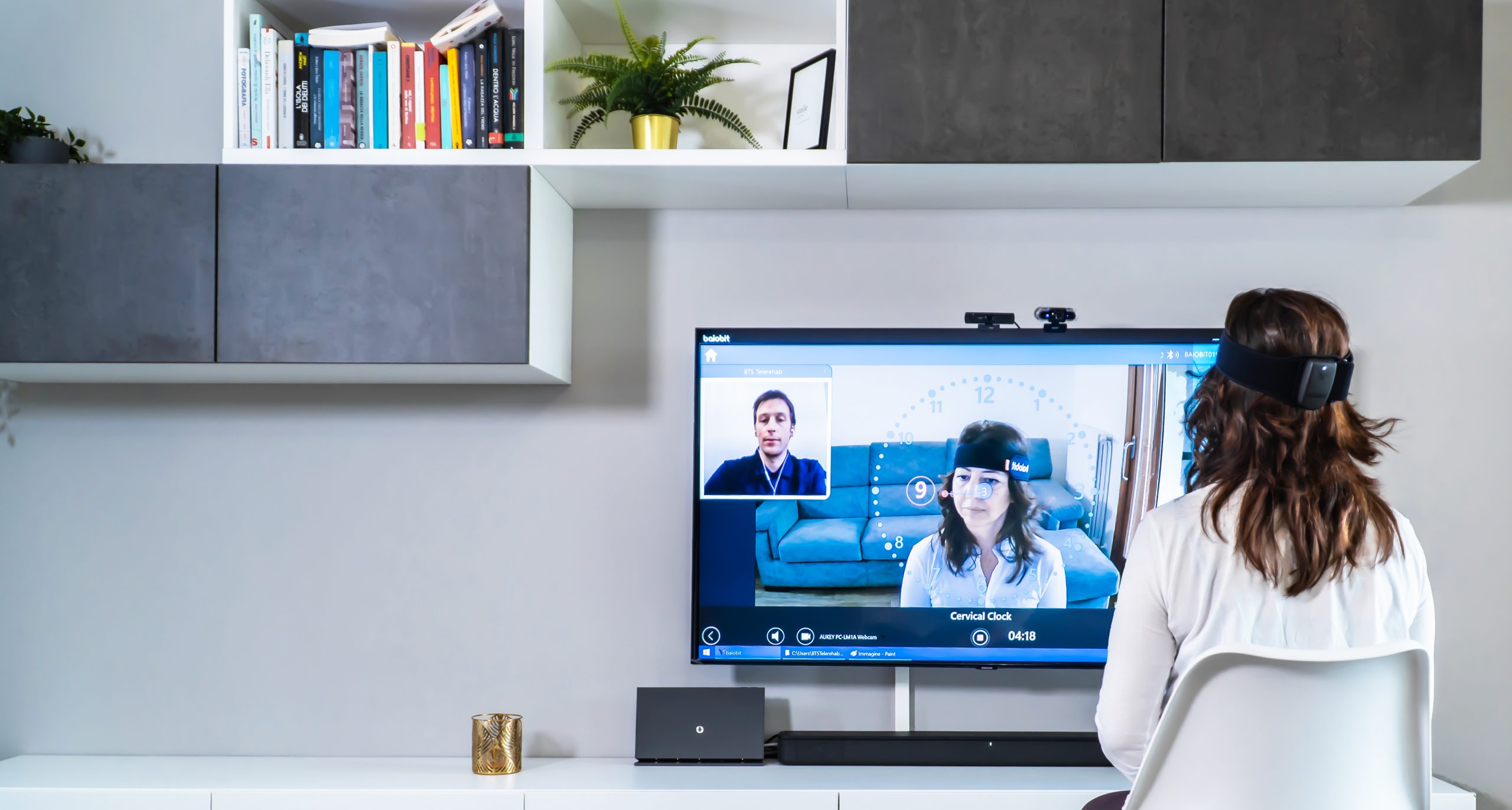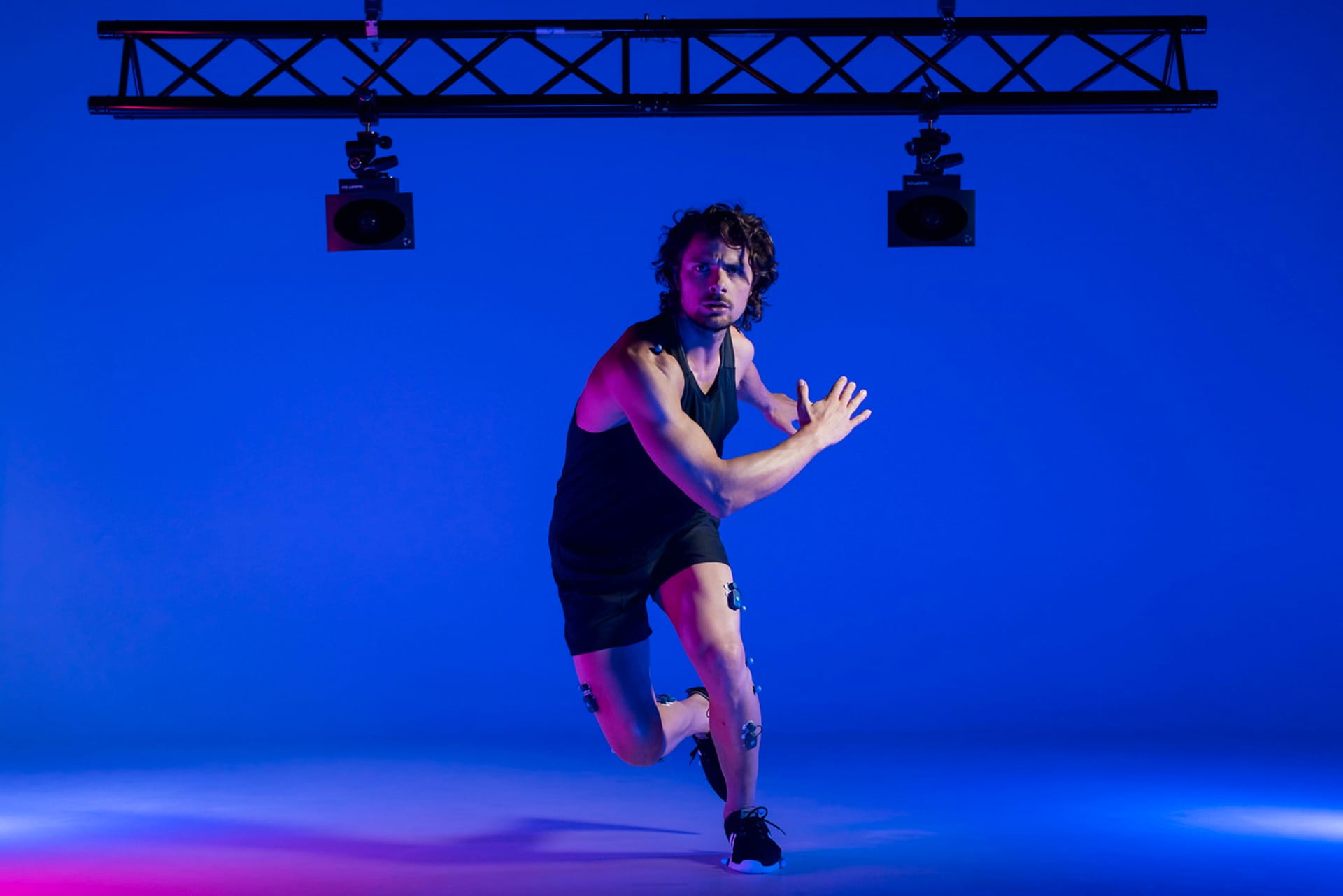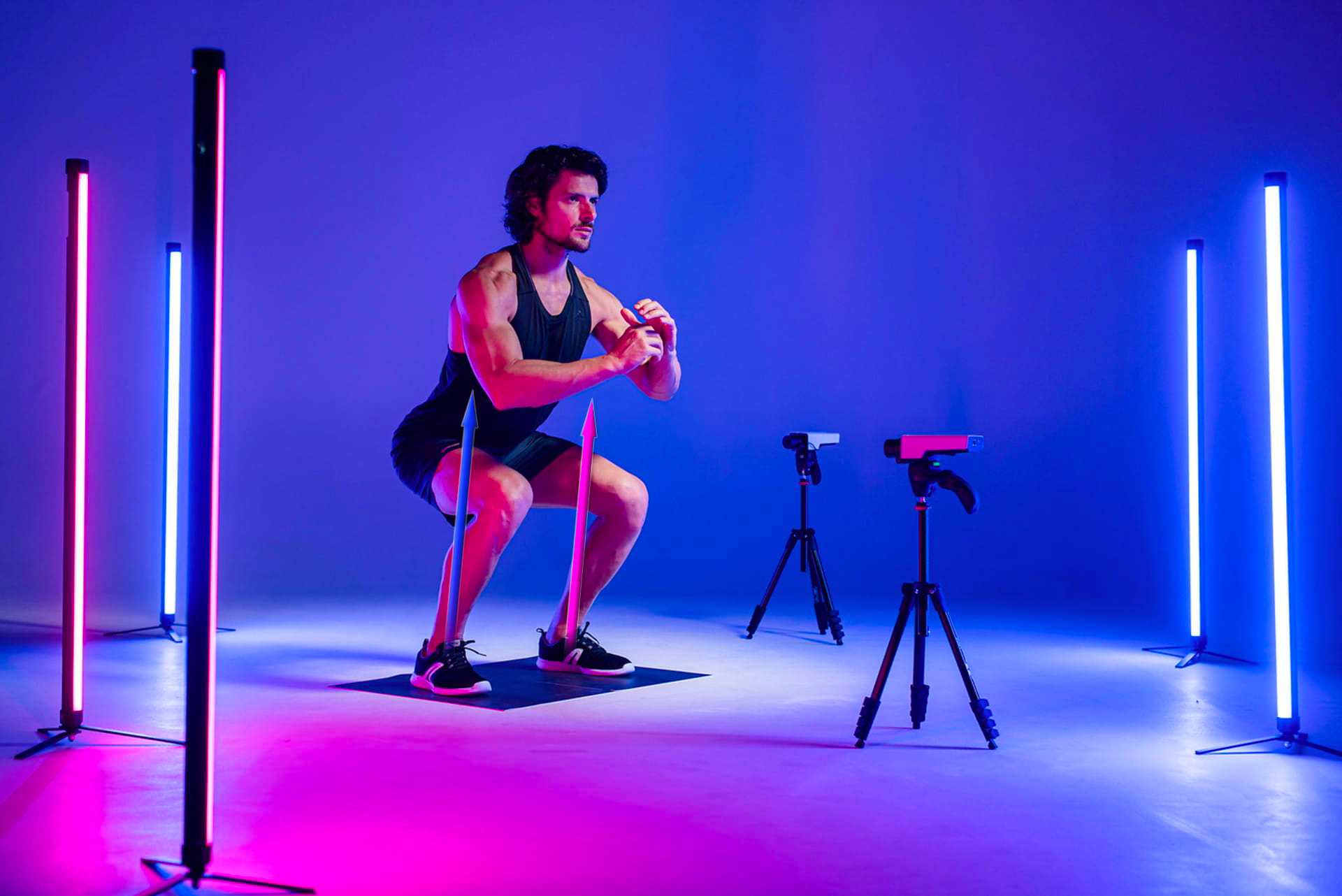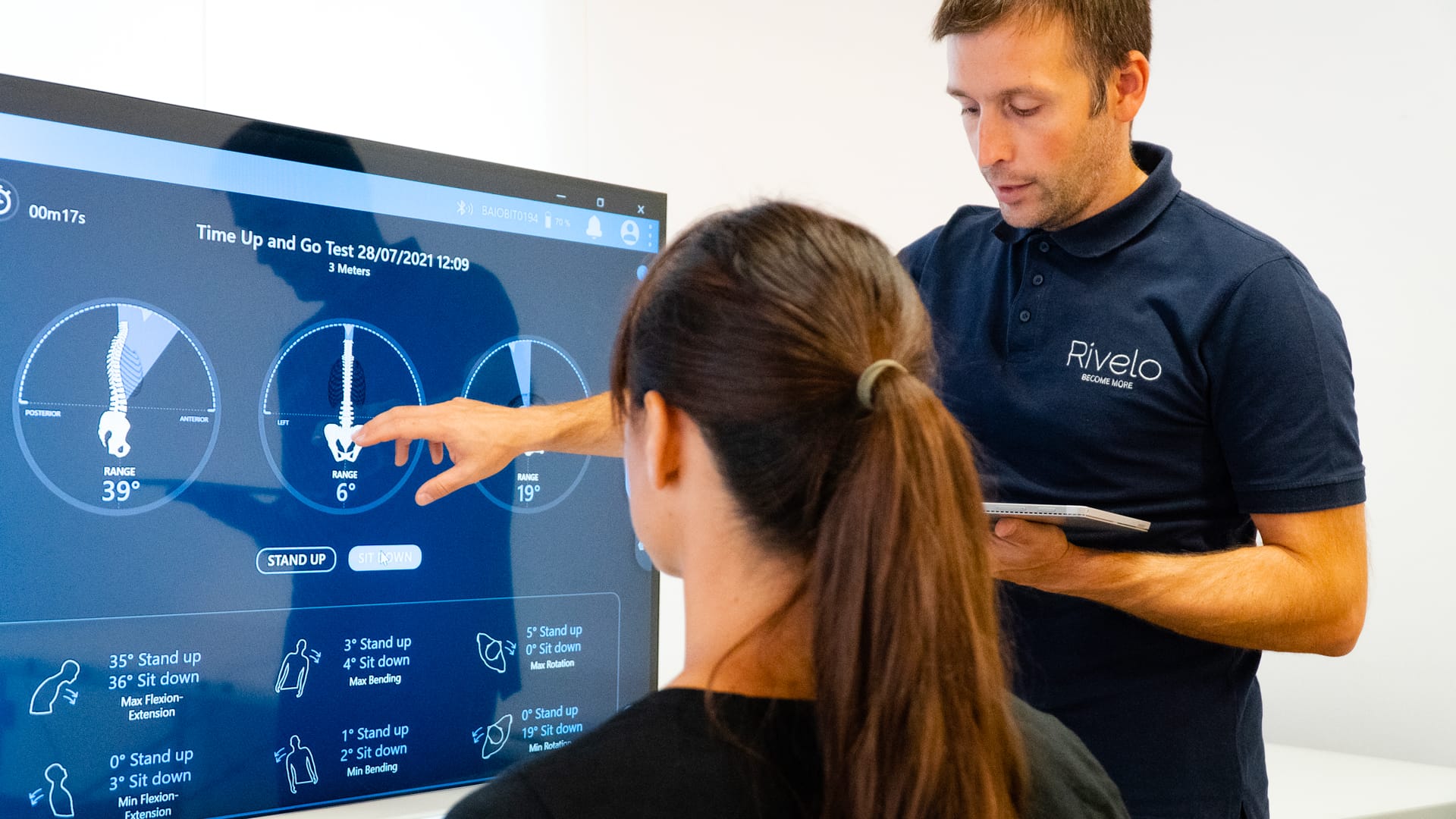Use of virtual reality in improving poststroke neglect: Promising neuropsychological and neurophysiological findings from a case study

AUTHOR: Marta Francisca Corrà, Ph.D.
Unilateral neglect is a complex syndrome that is defined as a disturbance of perception, attention, and action in the contralateral side of the injury with loss of spatial awareness of the contralateral side (Rode et al, 2017).
Unilateral spatial neglect (USN) is caused by a unilateral brain lesion, mainly involving the right hemisphere. Causes include neoplasms, trauma, and neurodegenerative disorders; however, stroke is the most frequent cause of USN. Stroke patients do not effectively explore contralateral space and fail to detect stimuli located on that side of space, although they can move their heads and eyes (Bowen et al, 2002).
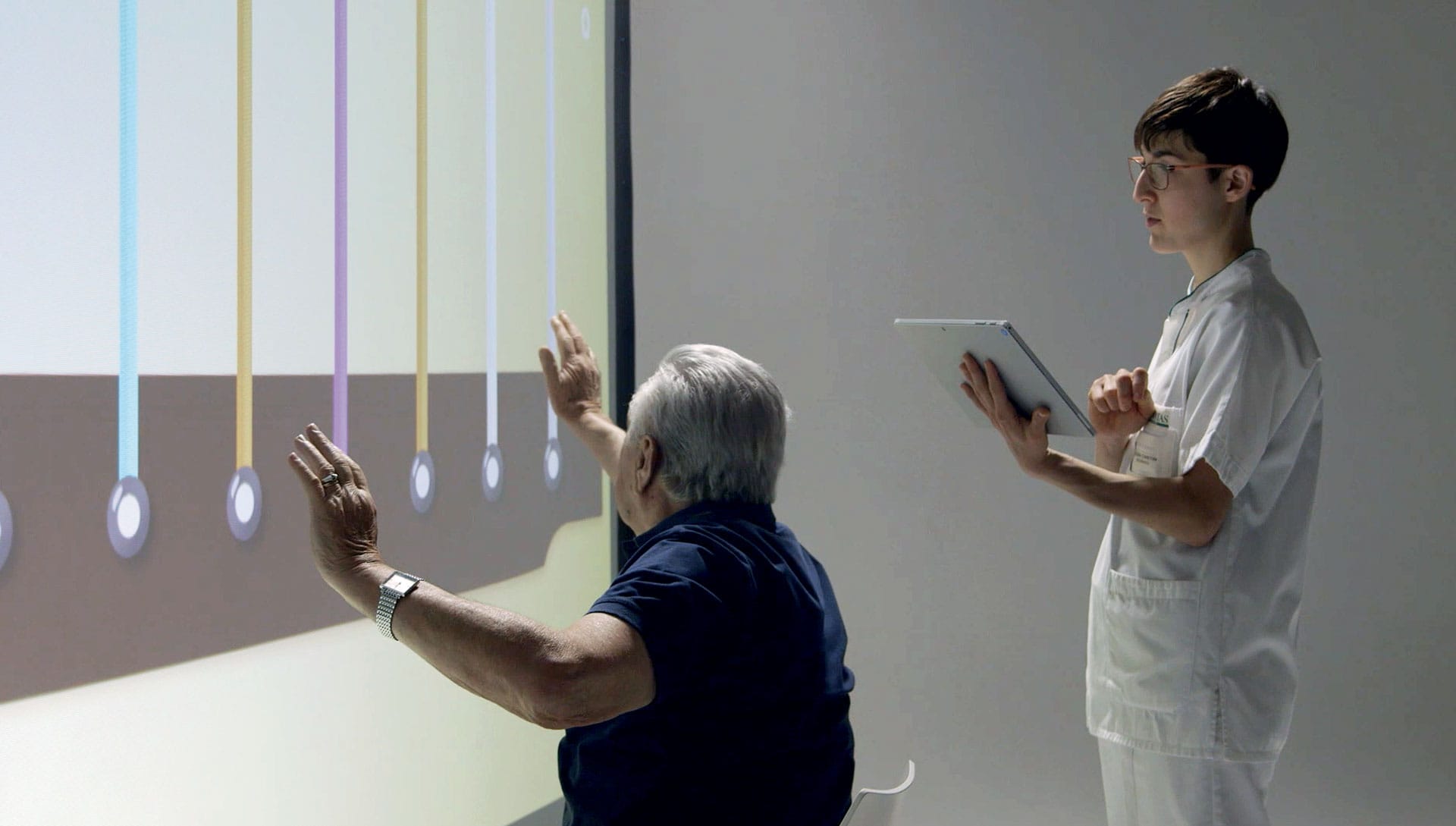
USN is characterized by several anatomical clinical subtypes, such as auditory, visual, somatosensory, motor, and representational neglect (Rode et al., 2017).
These clinical subtypes may be associated with primary sensory or motor deficits. There are no specific treatments for USN; they are generally applicable to improve functional behavior. Only a few studies have used outcomes based on functioning (Bowen et al., 2002), and consistent evidence of their benefit is still scarce.
It has been shown that training with VR can improve spatial attention and the use of such ability in activities of daily living, even in chronic neglect (Saevarsson et al, 2012).
The aim of this scientific paper (De Luca et al, 2019) was to evaluate the neuropsychological and neurophysiological outcomes in a poststroke individual after an intensive rehabilitative cycle with a combined therapeutic approach: a standard cognitive training (SCT) and a Semi-immersive Virtual Training (S-IVT) with BTS-Nirvana System.
Methods
A 57-year-old woman with subarachnoid hemorrhage involving the right fronto-temporal-parietal region presented with left hemiparesis. She presented with severe cognitive and behavioral abnormalities, including temporal and spatial disorientation, decreased attention and memory processes, slowed ideation, USN in the left extracorporeal space, and severe mood depression. The patient underwent two different rehabilitation trainings, including standard cognitive training (SCT) in addition to semi-immersive virtual training with her shadow (S-IVT_s) or SCT in addition to semi-immersive virtual training without her shadow (S-IVT). Each rehabilitation session with BTS-Nirvana lasted about 45 minutes. Cognitive and neurophysiological profile was assessed in two separate sessions, before and after each of the two different trainings, using a psychometric battery and the Trunk Control Test.
Results
The results of this study showed improvement in motor (trunk control) and cognitive performance after VR rehabilitation training. The patient showed improvement in mood alteration. VR for USN rehabilitation is an advanced human-machine interface that allows patients to interact and immerse themselves in a computer-generated environment similar to the real-life experience (Tsirlin et al, 2009). VR rehabilitation of USNs appears to be more immersive and consequently more effective than traditional methods. Using advanced technology, patients are trained through simulations relevant to daily life.
The combined rehabilitation treatment of SCT and S-IVT with the BTS-NIRVANA system may be a promising approach to improve attention processing and spatial cognition, as also demonstrated by neurophysiological data. However, future studies are needed to examine the persistent effects of this treatment.
References
Rode, G., Pagliari, C., Huchon, L., Rossetti, Y., & Pisella, L. (2017). Semiology of neglect: An update. Annals of Physical and Rehabilitation Medicine, 60(3), 177–185. doi:10.1016/ j.rehab.2016.03.003
Bowen, A., Lincoln, N. B., & Dewey, M. (2002). Cognitive rehabilitation for spatial neglect following stroke. Cochrane Database of Systematic Reviews, 2, CD003586. Update in: Cochrane Database of Systematic Reviews, 2007, 2, CD003586.
Saevarsson, S., Kristjansson, A., Bach, M., & Heinrich, S. P. (2012). P300 in neglect. Clinical Neurophysiology, 123(3), 496–506. doi:10.1016/j.clinph.2011.07.028
De Luca, R., Lo Buono, V., Leo, A., Russo, M., Aragona, B., Leonardi, S., Buda, A., Naro, A., & Calabrò, R. S. (2019). Use of virtual reality in improving poststroke neglect: Promising neuropsychological and neurophysiological findings from a case study. Applied neuropsychology. Adult, 26(1), 96–100. https://doi.org/10.1080/23279095.2017.1363040
Tsirlin, I., Dupierrix, E., Chokron, S., Coquillart, S., & Ohlmann, T. (2009). Uses of virtual reality for diagnosis, rehabilitation and study of unilateral spatial neglect: Review and analysis. Cyberpsychology & Behavior, 12(2), 175–181. doi:10.1089/cpb.2008.0208
